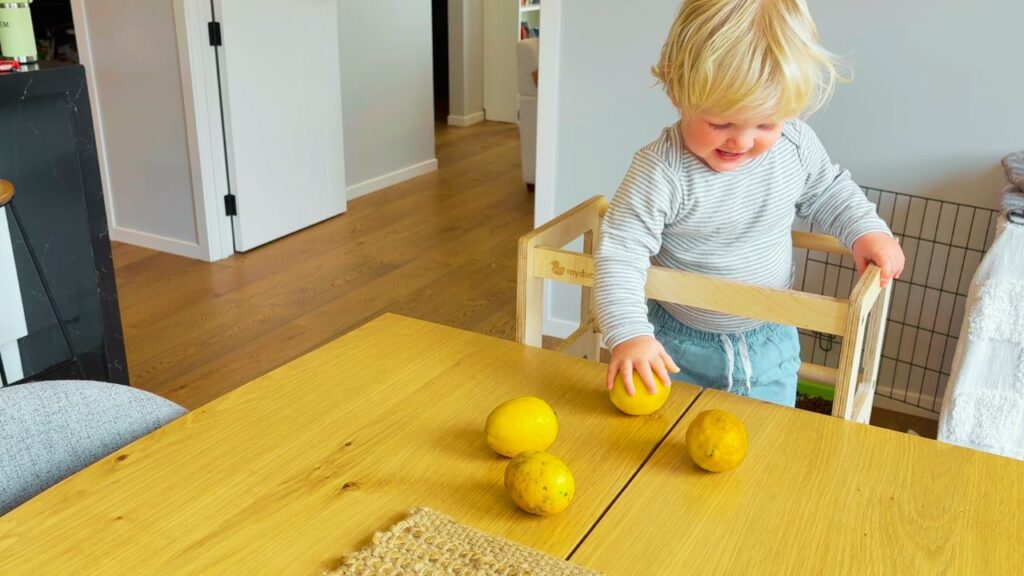
There’s something magical about lemons. They’re bright, fragrant, and filled with sunshine – but they often come all at once. When lemons are in season, the kitchen overflows with them, and then suddenly they’re gone. Learning how to preserve lemons is a simple way to capture that brightness so it flows through your meals all year round.
Today I’m sharing two easy methods: freezer rind and juice cubes, and traditional salt-preserved lemons. Both recipes are seed oil free, free from harmful preservatives, and perfectly suited to family-friendly, everyday cooking. With preserved lemons ready to go, you can add brightness to sweet and savory dishes in seconds.
Why Preserve Lemons?
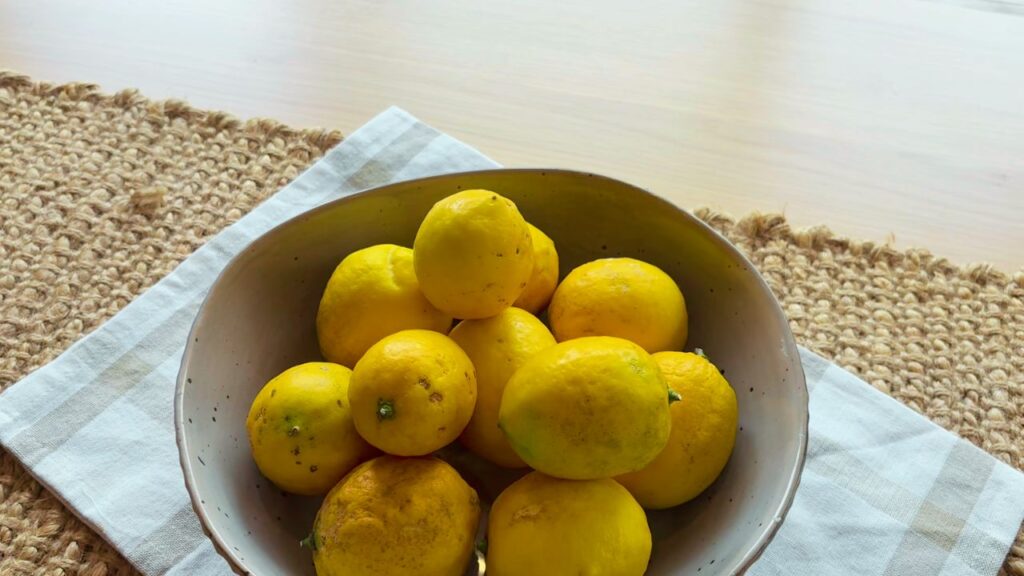
Preserving food is as old as family rhythm itself. When we put food aside in season, we prepare for what’s ahead – just like we set rhythms in our home and homeschooling to carry us through each season.
Lemons in particular are worth preserving because:
- Flavor: They add brightness and acidity that balances sweet and savory dishes.
- Seasonal use: Capture abundance when lemons are cheap and plentiful.
- Health: Avoid seed oils, artificial stabilizers, and preservatives found in store-bought condiments.
- Ease: With preserved lemons on hand, meals transform instantly without extra effort.
Method 1: Freezer Rind & Juice Cubes
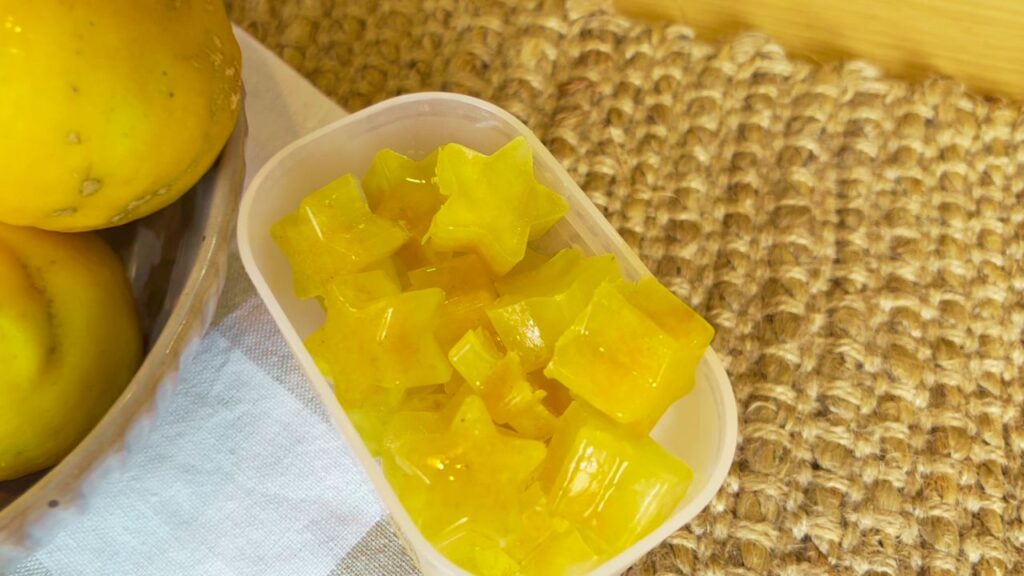
If you love baking or sweet treats, this method is for you. I began by washing and drying the lemons thoroughly. Using a fine grater, I carefully removed the yellow zest, making sure to leave behind the bitter white pith. I then cut the lemons in half and squeezed out the juice, catching it in a small jug. Once I had enough juice, I mixed it together with the zest so the flavors combined.
Next, I poured this mixture into an ice cube tray, filling each section evenly. I placed the tray into the freezer and left it to set. Once the cubes had frozen solid, I popped them out of the tray and stored them in a jar in the freezer, ready to be used whenever I wanted to add lemon brightness to baking, smoothies, or drinks.
How to use:
- Drop a cube into cake batter, muffins, or pancake mix.
- Add to smoothies for a burst of brightness.
- Stir into honey tea for an immune-supporting drink.
- Melt into icing sugar for a quick lemon drizzle.
This method means you always have lemon flavor on hand – no more skipping a recipe because you’re out of fresh lemons.
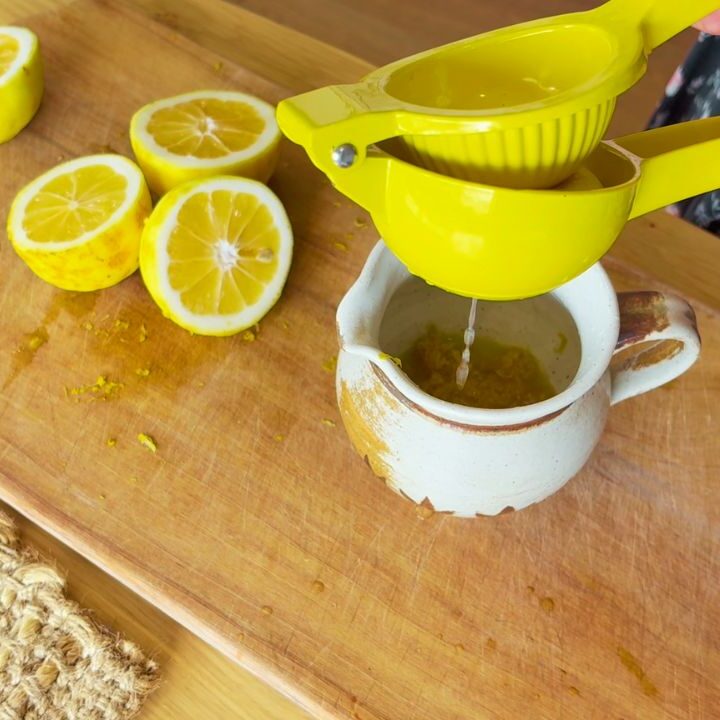
Freezer Lemon Rind & Juice Cubes
If you love baking or sweet treats, this method is for you.
Ingredients
- Fresh lemons
Instructions
- Wash and dry the lemons.
- Grate the yellow rind, avoiding the bitter white pith.
- Squeeze the juice and mix with the rind.
- Pour into ice cube trays and freeze.
- Once frozen, transfer cubes to a jar or bag in the freezer.
Notes
Method 2: Salt-Preserved Lemons
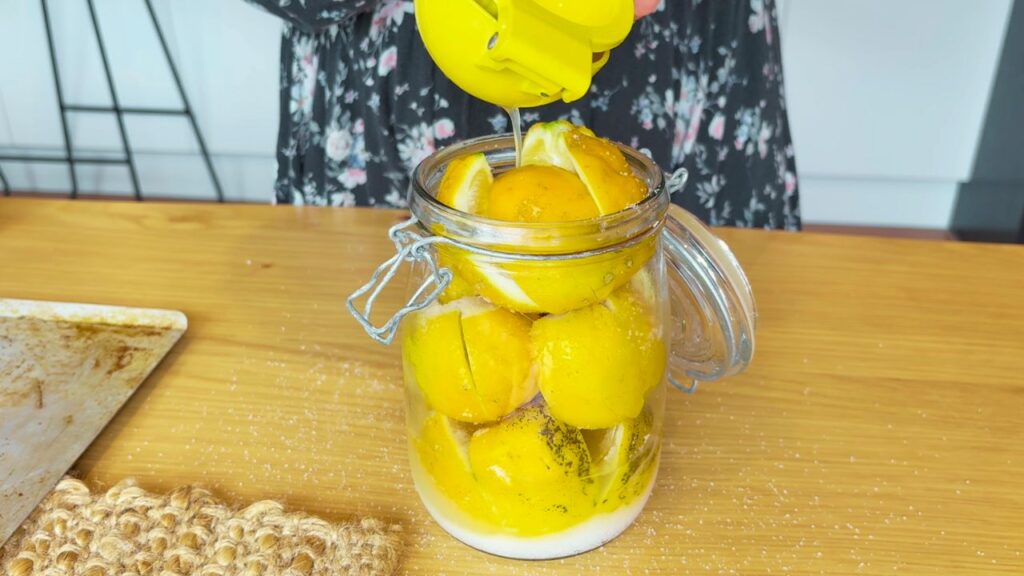
I started by scrubbing the lemons well under running water and drying them with a clean towel. I then cut each lemon into quarters, making sure to keep some attached at the base so they opened like a flower. I sprinkled a generous pinch of coarse salt into the cuts and then packed the lemons tightly into a sterilized jar.
As I layered the lemons, I added more salt between them and pressed them down to release their juices. I continued this until the jar was full, then topped it up with additional lemon juice and then olive or avocado oil so that all of the fruit was submerged. Once sealed, I set the jar aside in a cool, dark place and gave it a shake every few days. After several weeks, the lemons had softened and were ready to use, adding tangy depth and brightness to savory dishes. Once opened, store in the refridgerator.
How to use:
- Chop and stir into couscous, quinoa, or rice bowls.
- Blend into hummus or salad dressings.
- Add to roast chicken, fish, or lamb for tangy depth.
- Use the rind finely chopped as a garnish for soups or stews.
These lemons keep for months and add incredible depth to even the simplest meals.
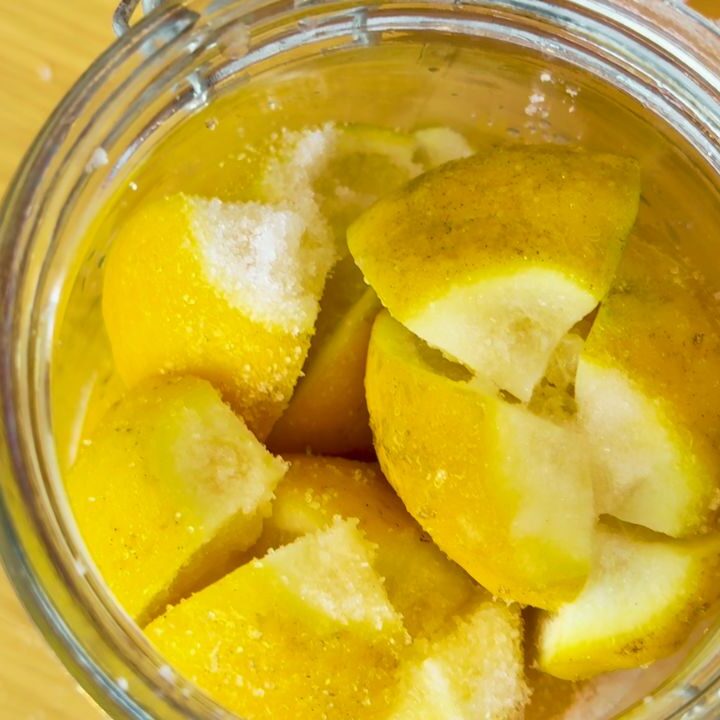
Salt-Preserved Lemons
Salt-preserved lemons are traditional in Middle Eastern and Mediterranean cooking. The salt softens the flesh and peel, mellowing the sharp acidity while deepening the flavor.
Ingredients
- Fresh lemons (preferably organic)
- Sea salt
- Oil (Avocado or Olive oil)
Instructions
- Wash lemons thoroughly. Quarter them lengthwise, keeping one end intact if possible.
- Sprinkle each cut with salt and pack tightly into the jar.
- Add more salt between layers until the jar is full.
- Press down to release some juice — the lemons should be submerged. Add oil on top.
- Seal and store in a cool, dark place for 3–4 weeks, shaking occasionally. Once opened, refrigerate.
Notes
Cooking Without Seed Oils or Preservatives
Most store-bought condiments are made with seed oils or filled with stabilizers and preservatives. By learning how to preserve lemons yourself, you’re taking back control. You know exactly what’s in the jar: just fruit, salt, and nature’s own preserving power.
This matters for family health – seed oils can be inflammatory, while natural preserving methods support digestion and provide minerals. With these recipes, your condiments are not only safe but nourishing.
Everyday Cooking Transformed
Imagine…
- A lemon cube stirred into muffin batter on a busy morning.
- A spoon of preserved lemon turning a plain roast chicken into something special.
- A drizzle of lemon-infused dressing that elevates an everyday salad.
This is the power of preserved lemons. With a little preparation, you bring ease, brightness, and nourishment into your family’s meals – supporting the flow of daily life.
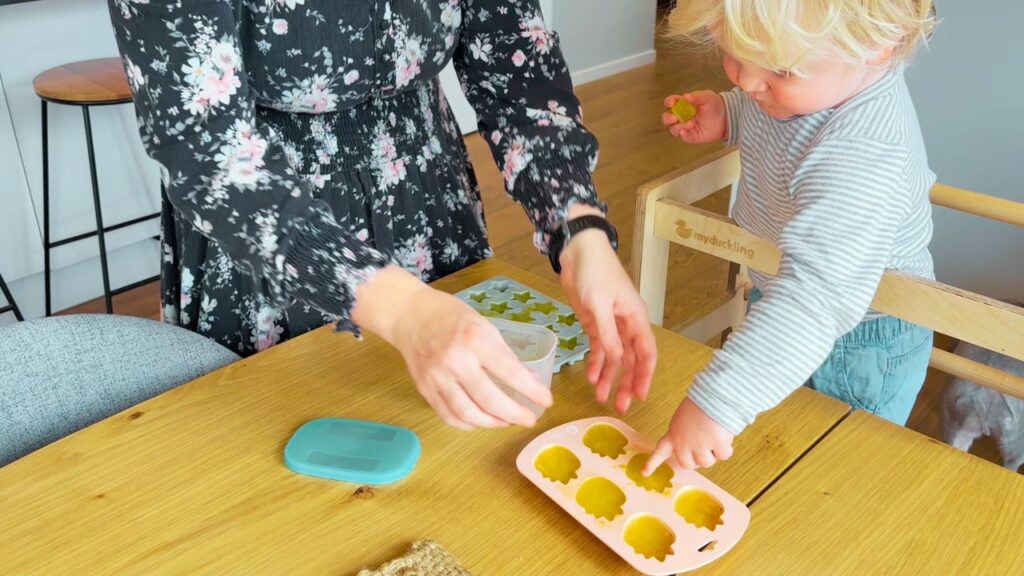
Preserving as Rhythm
Preserving food is more than a kitchen task – it’s part of seasonal rhythm. Just as we plan our days and years, preserving allows us to honor the season’s abundance and prepare for the months ahead.
When we tuck lemons away in jars or trays, we’re weaving rhythm into our kitchens. Later, when we pull them out to brighten a meal, we’re reminded of the care we put in earlier – a rhythm of giving to our future selves and to our families.
Preserved Lemons in Your Family Kitchen
Learning how to preserve lemons is simple, but the impact is lasting. With freezer cubes for sweet recipes and salt-preserved lemons for savory dishes, you’ll always have brightness on hand. No seed oils, no hidden preservatives – just flavor, nourishment, and rhythm in your family kitchen.
Try one or both methods, and you’ll find that preserving lemons becomes not just a recipe, but part of your family’s flow.
Ready to cook without seed oils?
Grab my FREE Seed Oil Free Kitchen Starter Guide with easy swaps, recipes, and pantry staples.
And if you’d like to see these preserving methods step by step, watch the full episode on my YouTube channel – I’ll walk you through both recipes and share more ideas for how to use them in everyday cooking.

Leave a Reply